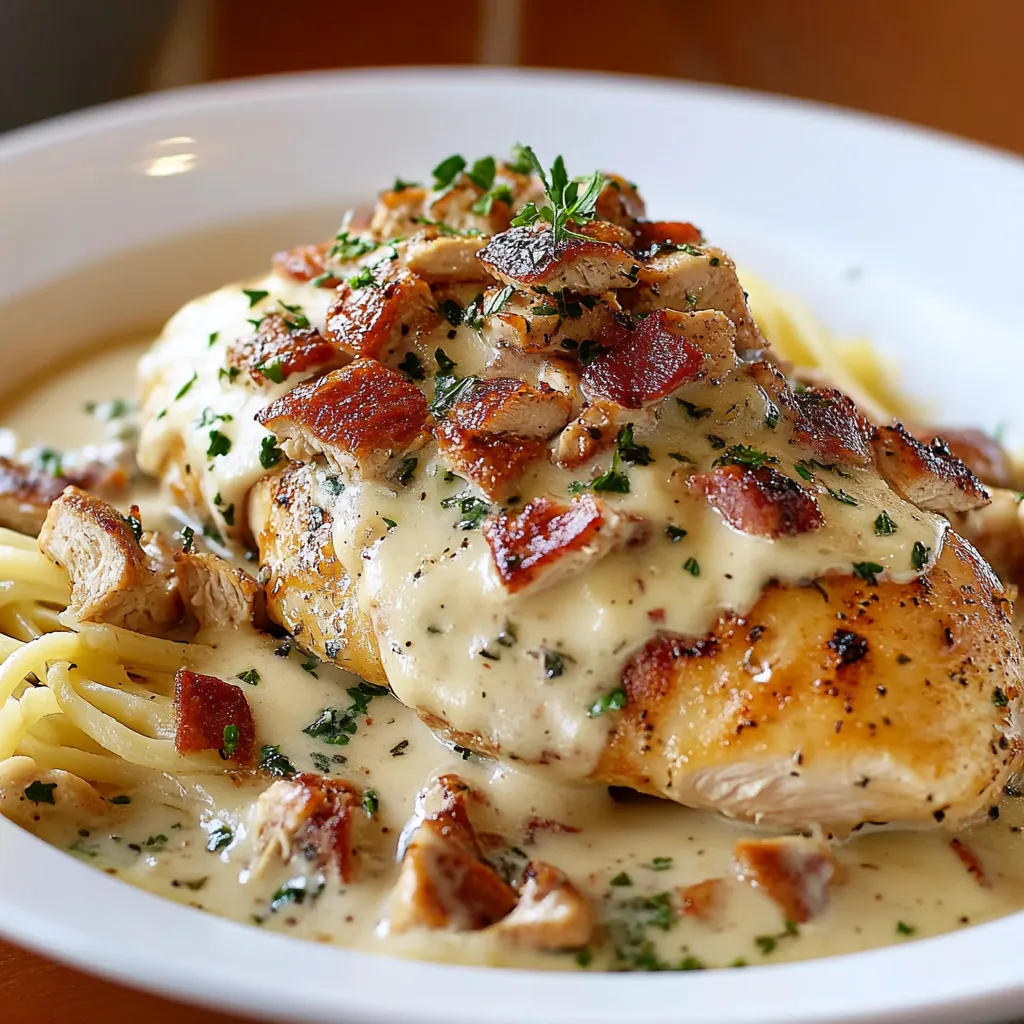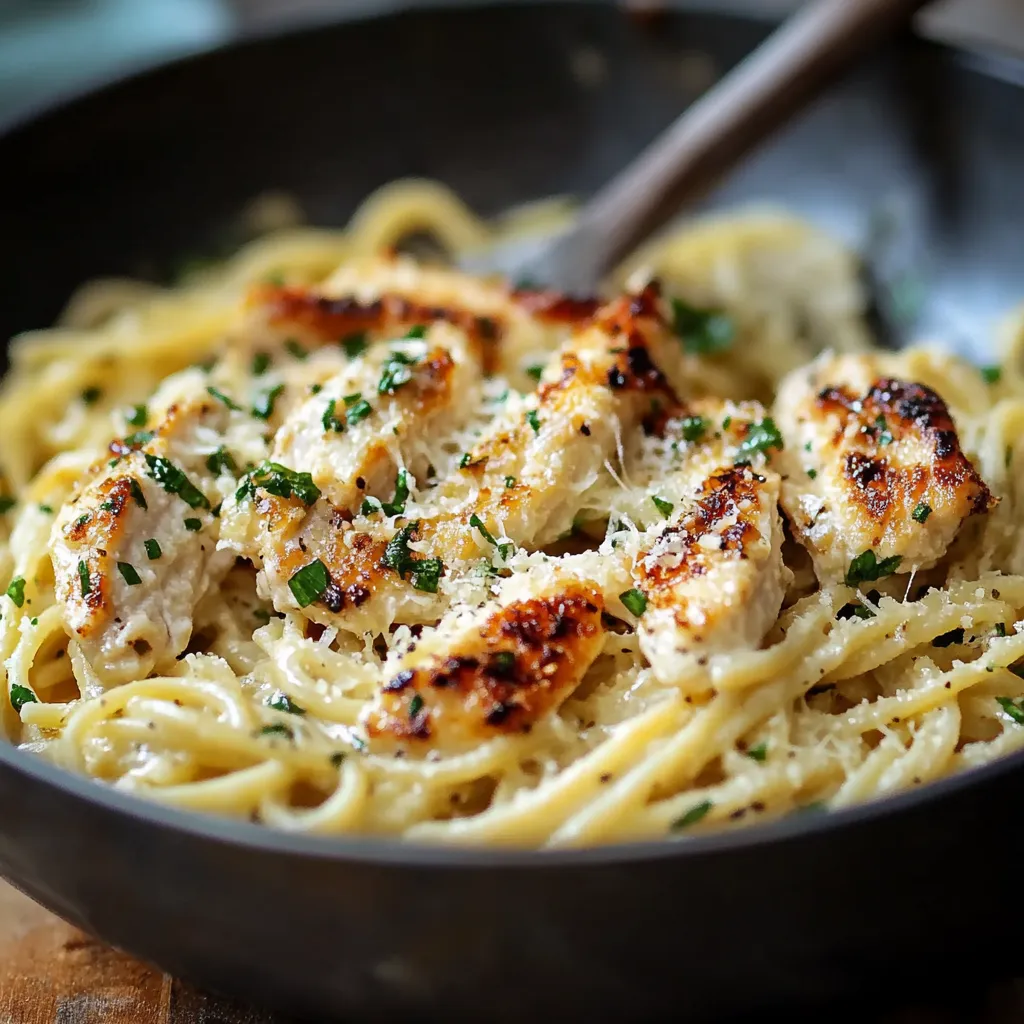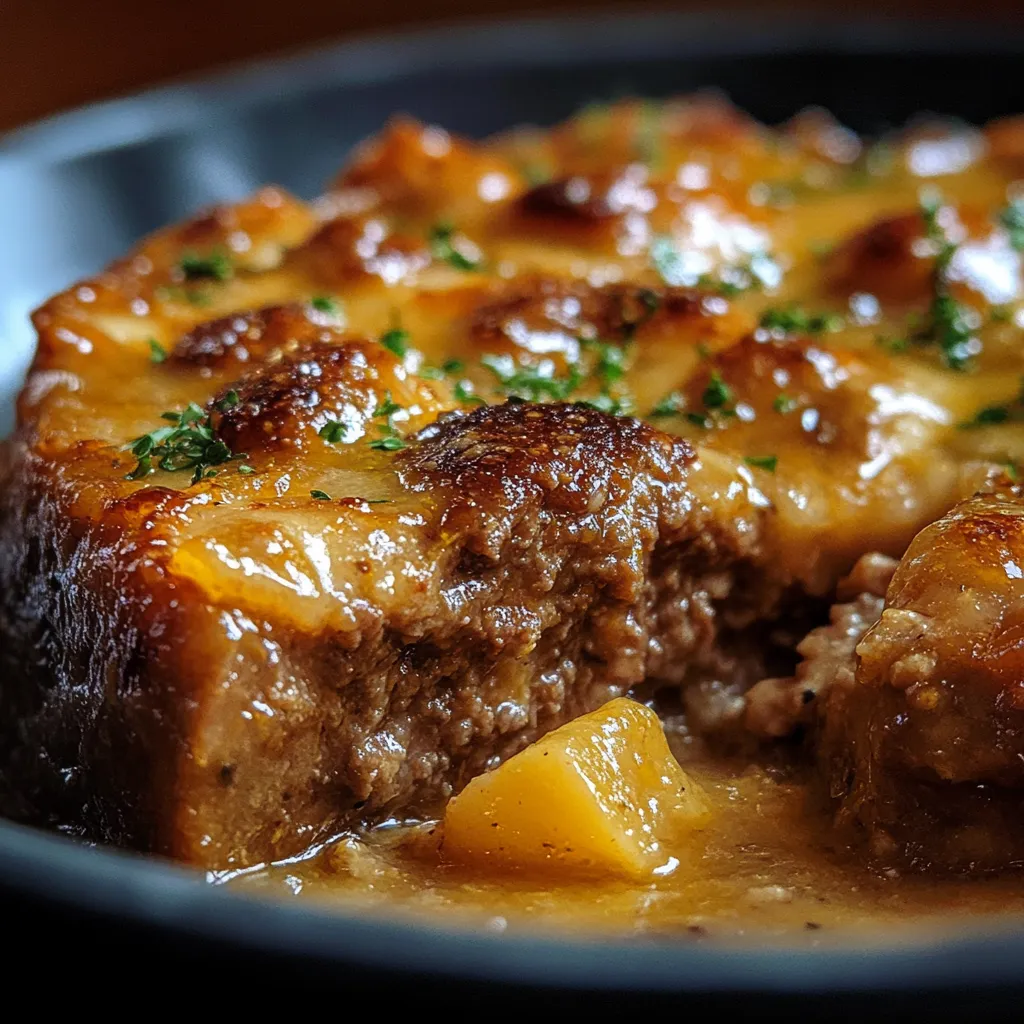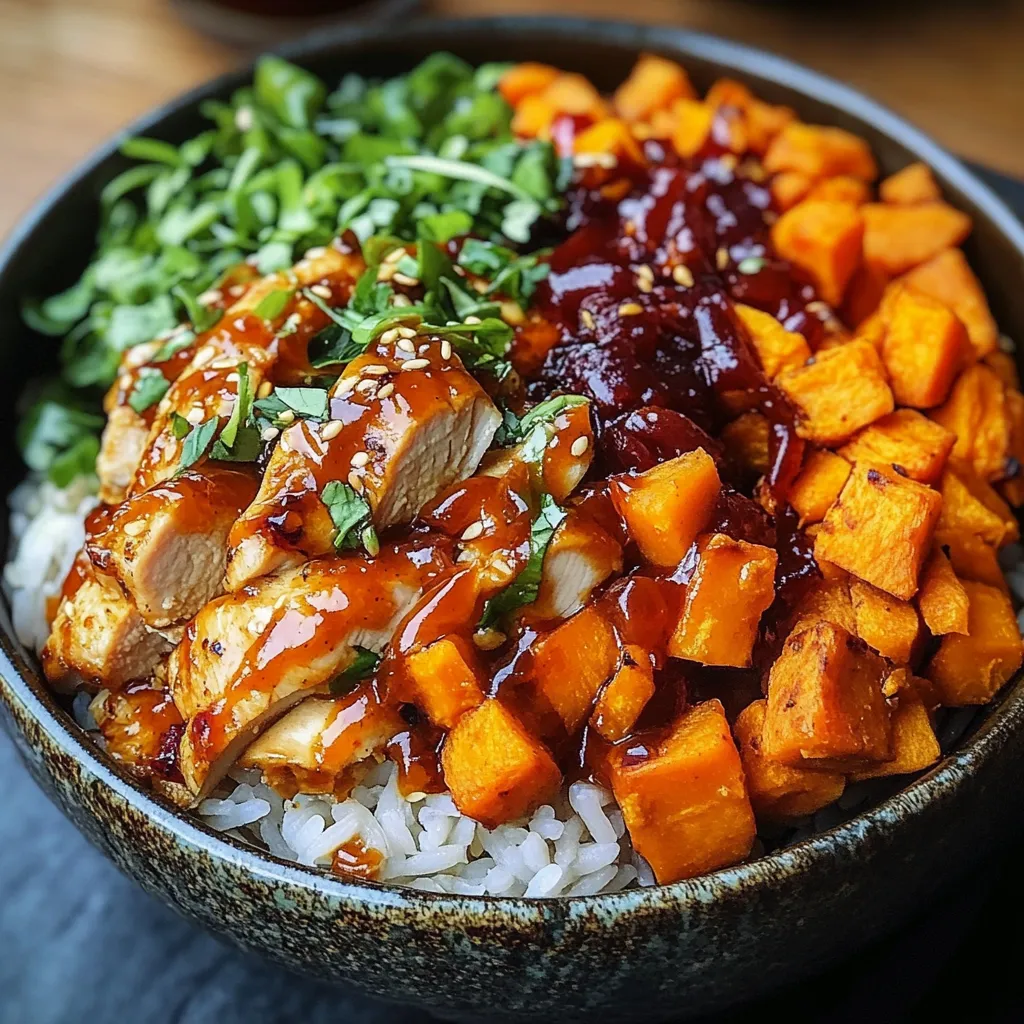Meat Science 101: Unlocking the Prime Rib Mystery
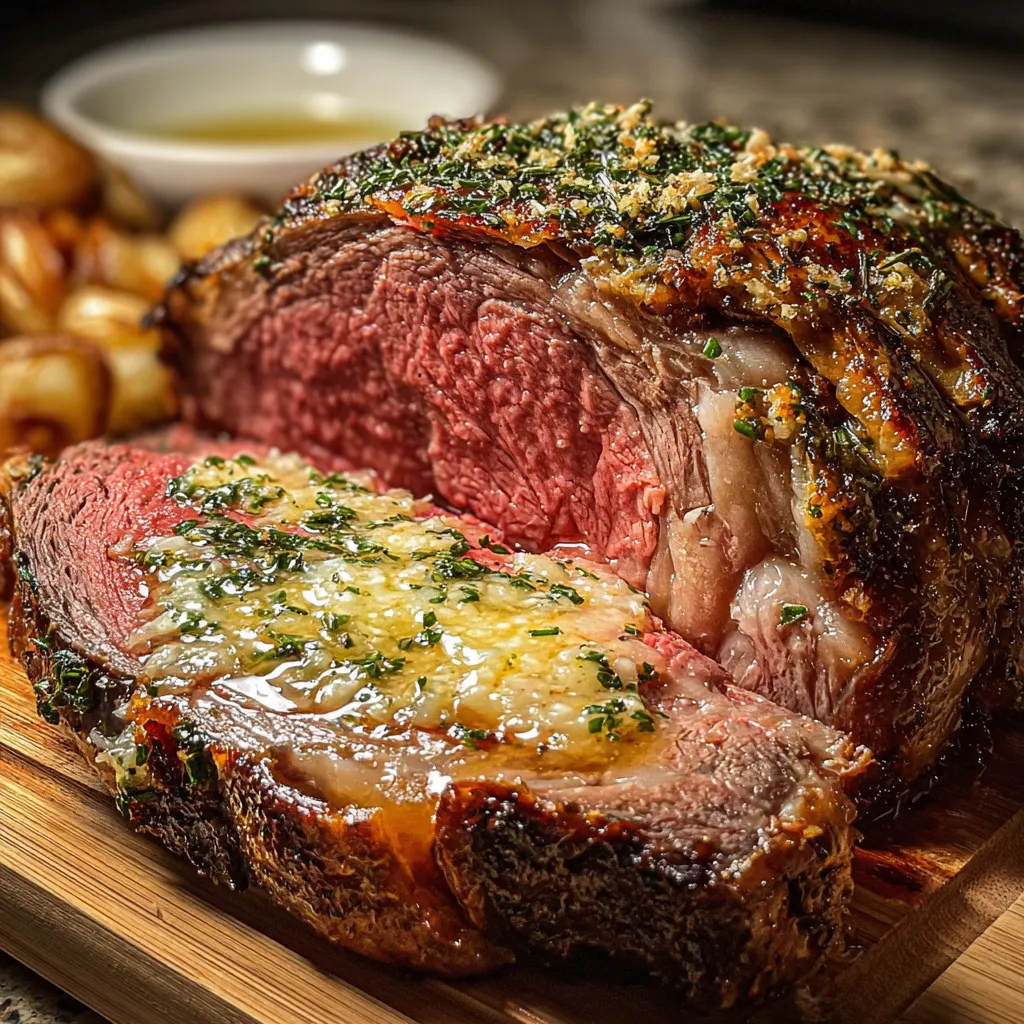 The first step to conquering the Garlic Butter Prime Rib is understanding the cut itself. Prime rib, also known as a standing rib roast, comes from the rib section of the cow. It’s a highly marbled cut, meaning it has streaks of fat running through the muscle. This fat is crucial for flavor and moisture. When heated, the fat renders, basting the meat from the inside out, resulting in a tender and juicy roast.
However, collagen, a connective tissue, is also present. Collagen toughens meat as it’s heated to a certain point. The key is to either cook it low and slow for a very long time (allowing the collagen to break down into gelatin) or to cook it to a precise internal temperature where the collagen hasn’t yet had a chance to toughen. This is why temperature control is absolutely paramount!
Finally, the magic of Maillard reaction (browning!) contributes to the incredible flavor. We need high heat, at least initially, to get a beautiful crust.
The first step to conquering the Garlic Butter Prime Rib is understanding the cut itself. Prime rib, also known as a standing rib roast, comes from the rib section of the cow. It’s a highly marbled cut, meaning it has streaks of fat running through the muscle. This fat is crucial for flavor and moisture. When heated, the fat renders, basting the meat from the inside out, resulting in a tender and juicy roast.
However, collagen, a connective tissue, is also present. Collagen toughens meat as it’s heated to a certain point. The key is to either cook it low and slow for a very long time (allowing the collagen to break down into gelatin) or to cook it to a precise internal temperature where the collagen hasn’t yet had a chance to toughen. This is why temperature control is absolutely paramount!
Finally, the magic of Maillard reaction (browning!) contributes to the incredible flavor. We need high heat, at least initially, to get a beautiful crust.
The Recipe: Garlic Butter Prime Rib Perfection
This recipe focuses on a reverse sear method to ensure a perfectly cooked prime rib, edge-to-edge.Ingredients:
- 1 (4-5 pound) Prime Rib Roast, bone-in or boneless
- 4 tablespoons unsalted butter, softened
- 6 cloves garlic, minced
- 2 tablespoons fresh rosemary, chopped
- 1 tablespoon fresh thyme, chopped
- 2 teaspoons kosher salt
- 1 teaspoon black pepper
- 1 teaspoon garlic powder
Equipment:
- Roasting pan with rack
- Meat thermometer (instant-read and probe)
- Aluminum foil
Instructions:
- Prepare the Roast: Pat the prime rib dry with paper towels. This is crucial for browning. Combine the softened butter, minced garlic, rosemary, thyme, salt, pepper, and garlic powder in a small bowl.
- Season the Roast: Generously rub the garlic butter mixture all over the prime rib, ensuring every surface is coated.
- Slow Roast: Place the prime rib on the rack in the roasting pan. Preheat your oven to 250°F (120°C). Roast for approximately 2-3 hours, or until the internal temperature reaches 115-120°F (46-49°C) for medium-rare. Use a probe thermometer inserted into the thickest part of the roast to monitor the temperature.
- Rest: Remove the prime rib from the oven and tent it loosely with aluminum foil. Let it rest for at least 30 minutes. This allows the juices to redistribute, resulting in a more tender and flavorful roast.
- Sear: Preheat your oven’s broiler to high. Remove the foil and return the prime rib to the roasting pan. Broil for 3-5 minutes, or until the top is nicely browned and crusty. Watch it carefully to prevent burning! Alternatively, you can sear in a hot pan on the stovetop.
- Final Rest and Carve: Remove the prime rib from the oven and let it rest for another 10 minutes before carving. Carve against the grain into 1/2-inch thick slices.
- Serve: Serve immediately and enjoy!
My Prime Rib Pilgrimage: A Culinary Confession
My journey to perfect Garlic Butter Prime Rib was paved with both triumph and utter disaster. Like many of you, I initially thought that slathering on a bunch of garlic butter and throwing it in a hot oven would be enough. My first few attempts were a disaster – either the outside was burnt to a crisp while the inside was still raw, or it was uniformly gray and tough. Then, I had an “Aha!” moment: I needed to understand the *why* behind the cooking process.The First Fiasco: High Heat Havoc
My first attempt involved blasting the prime rib at 450°F (232°C) for a short period. The result? A beautifully browned exterior that hid a shockingly raw interior. The garlic butter was also burnt and bitter. I realized that high heat was only effective for achieving a crust but did nothing for evenly cooking the roast.Low and Slow Learning Curve
Next, I tried the opposite approach: low and slow at 275°F (135°C) for a much longer time. While the interior was more evenly cooked, the exterior lacked that desirable crust. The garlic butter had simply melted away, leaving a greasy sheen. It was getting closer, but the Maillard reaction was nowhere to be found.The Reverse Sear Revelation
Finally, I stumbled upon the reverse sear method. The idea of cooking the prime rib at a very low temperature until it was nearly done and then searing it at a high temperature to finish it off seemed counterintuitive. But it worked wonders! The low temperature allowed for even cooking, while the final sear created a beautiful, flavorful crust without overcooking the interior.Butter Behavior: Keeping the Flavor In
I also experimented with different types of butter and garlic. I discovered that using unsalted butter allowed me to control the salt content better. Freshly minced garlic was essential; pre-minced garlic lacked the pungent flavor needed to stand up to the richness of the beef. Fresh herbs like rosemary and thyme added a beautiful aromatic dimension. I also tried clarifying the butter, thinking it might improve browning. While it did, the flavor wasn’t as intense as when using regular unsalted butter. The milk solids in the butter contributed to the overall richness. I also discovered that adding a touch of garlic powder to the rub intensified the garlic flavor without burning as easily as fresh garlic at high temperatures. This is something that I also adopted when preparing Garlic Parmesan Spaghetti because I also want to maximize garlic flavor.Temperature Tango: Hitting the Sweet Spot
The most crucial element was nailing the internal temperature. I found that pulling the roast from the oven at 115-120°F (46-49°C) for medium-rare, resting it, and then searing it, consistently resulted in a perfect medium-rare finish. A reliable meat thermometer is your best friend here. It also helped me get a better understanding of the ideal temperature for Pepper Steak Recipe.The Technique: Garlic Butter Prime Rib, Foolproof
Here’s the definitive method for achieving Garlic Butter Prime Rib perfection every time:- Dry Brine: Salt the prime rib generously 24 hours in advance and leave uncovered in the fridge. This allows the salt to penetrate the meat, seasoning it from the inside out and helping it retain moisture.
- Garlic Butter Prep: Use high-quality unsalted butter, freshly minced garlic, and fresh herbs. Don’t skimp on the ingredients!
- Low and Slow: Roast at 250°F (120°C) until the internal temperature reaches 115-120°F (46-49°C) for medium-rare. Use a probe thermometer!
- Rest is Best: Rest the roast for at least 30 minutes, tented with foil. This is non-negotiable!
- Sear with Precision: Preheat the broiler and sear for 3-5 minutes, watching carefully. Alternatively, sear in a screaming hot pan.
- Final Rest: Rest again for 10 minutes before carving.
- Carve Against the Grain: This shortens the muscle fibers, making the roast more tender.
Why is temperature control so important when cooking a prime rib?
Temperature control is paramount because prime rib contains collagen, a connective tissue that toughens the meat when heated to a certain point. Cooking it low and slow or to a precise internal temperature prevents the collagen from toughening.
What is the reverse sear method and why is it recommended for this recipe?
The reverse sear method involves cooking the prime rib at a very low temperature until it’s nearly done and then searing it at a high temperature to finish it off. This method ensures even cooking throughout the roast while creating a flavorful crust without overcooking the interior.
Why is resting the prime rib so important?
Resting the prime rib, tented with foil, for at least 30 minutes allows the juices to redistribute throughout the meat, resulting in a more tender and flavorful roast. This is a crucial step and should not be skipped.
What internal temperature should I aim for when slow-roasting the prime rib for medium-rare?
When slow-roasting, aim for an internal temperature of 115-120°F (46-49°C) for medium-rare. Use a probe thermometer inserted into the thickest part of the roast to monitor the temperature accurately.
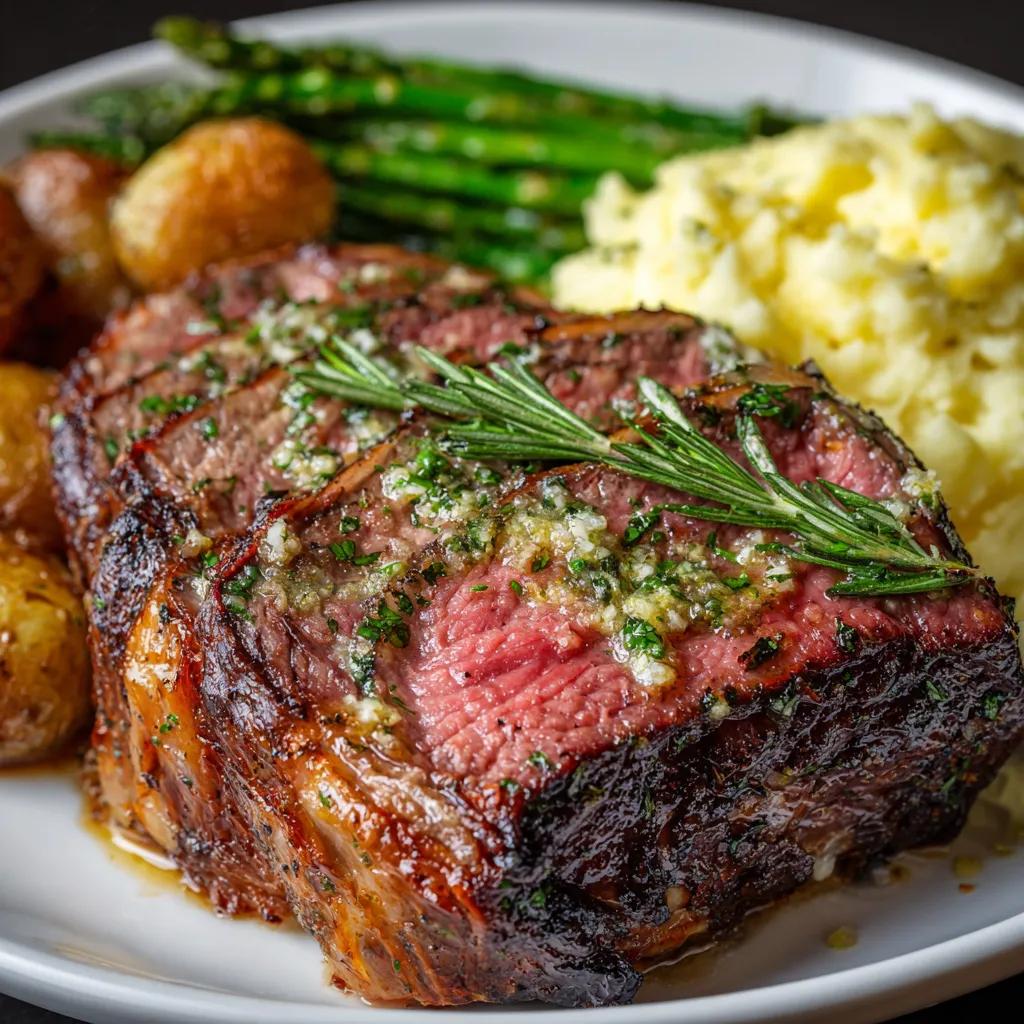
Garlic Butter Prime Rib Ultimate
Ingredients
Equipment
Method
- Prepare the Roast: Pat the prime rib dry with paper towels. This is crucial for browning.
- Season the Roast: Combine the softened butter, minced garlic, rosemary, thyme, salt, pepper, and garlic powder in a small bowl.
- Generously rub the garlic butter mixture all over the prime rib, ensuring every surface is coated.
- Dry Brine: Salt the prime rib generously 24 hours in advance and leave uncovered in the fridge. This allows the salt to penetrate the meat, seasoning it from the inside out and helping it retain moisture.
- Slow Roast: Place the prime rib on the rack in the roasting pan. Preheat your oven to 250°F (120°C). Roast for approximately 2-3 hours, or until the internal temperature reaches 115-120°F (46-49°C) for medium-rare. Use a probe thermometer inserted into the thickest part of the roast to monitor the temperature.
- Rest: Remove the prime rib from the oven and tent it loosely with aluminum foil. Let it rest for at least 30 minutes. This allows the juices to redistribute, resulting in a more tender and flavorful roast.
- Sear: Preheat your oven’s broiler to high. Remove the foil and return the prime rib to the roasting pan. Broil for 3-5 minutes, or until the top is nicely browned and crusty. Watch it carefully to prevent burning! Alternatively, you can sear in a hot pan on the stovetop.
- Final Rest and Carve: Remove the prime rib from the oven and let it rest for another 10 minutes before carving.
- Carve against the grain into 1/2-inch thick slices.
- Serve: Serve immediately and enjoy!

